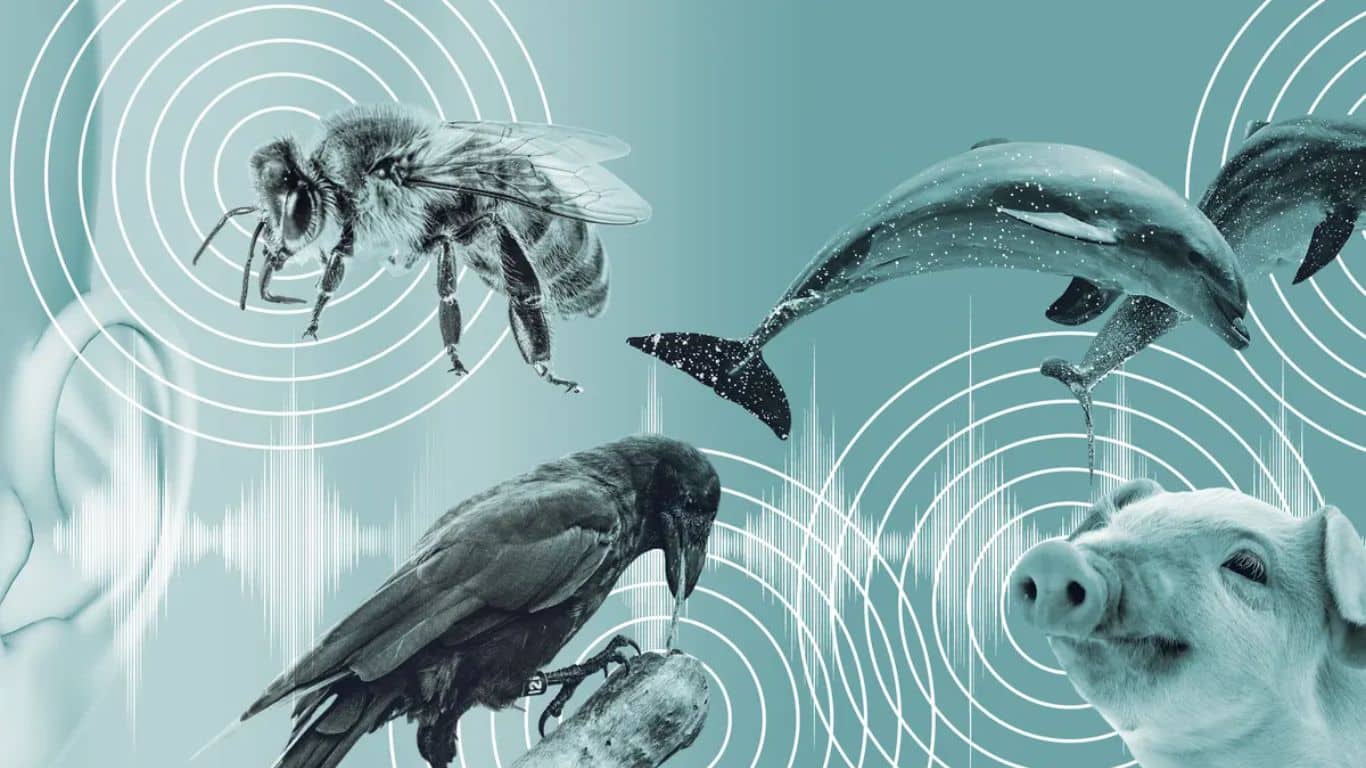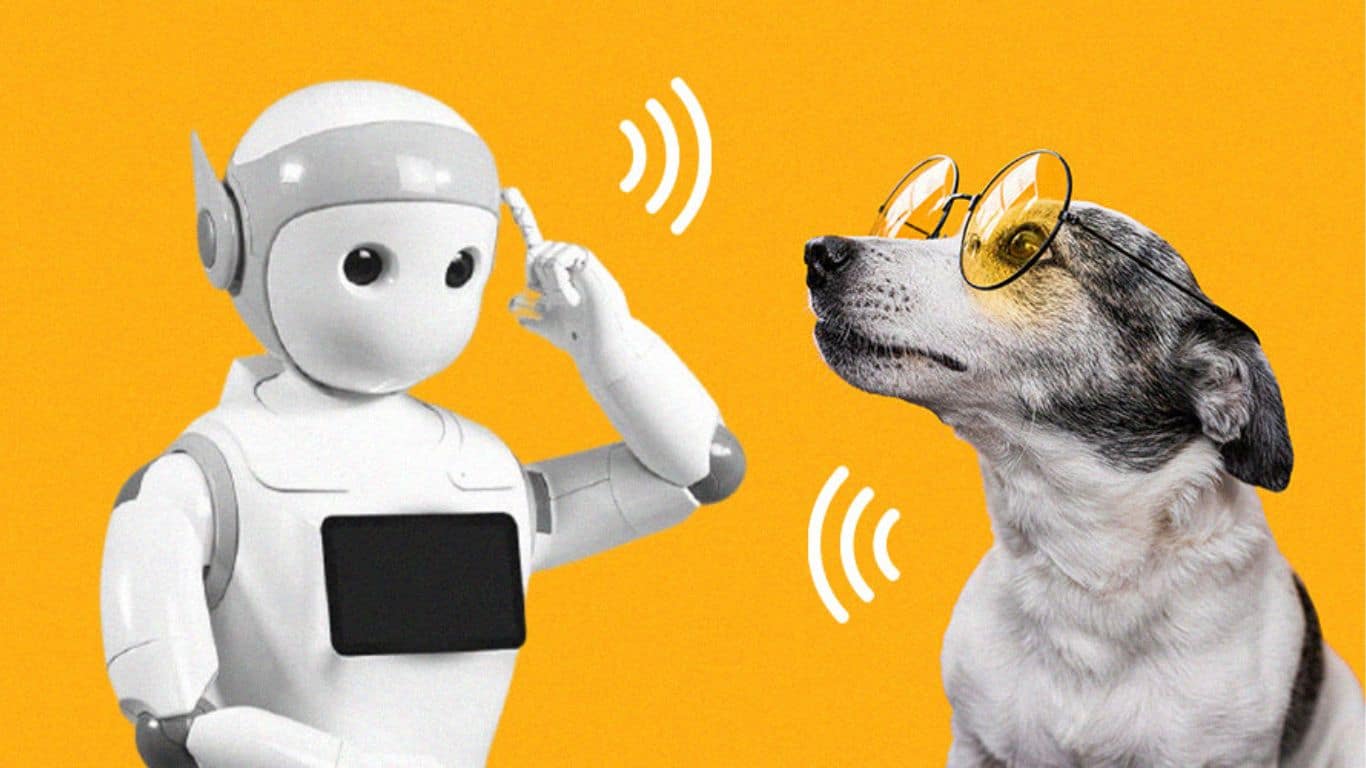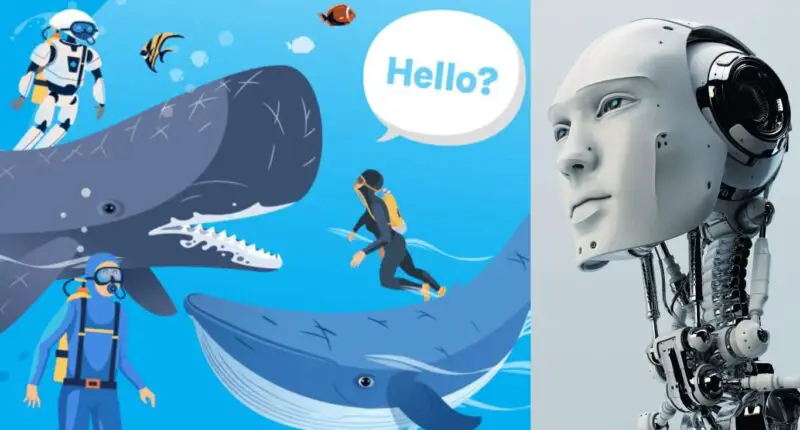How AI Brings Us Closer to Communicating with Animals: Animals have their unique ways of communicating. From the subtle body movements of a horse, the color changes in a cuttlefish, to the complex songs of whales, animals express a rich tapestry of emotion, instruction, and information that has intrigued humanity for ages. But what if we could decipher these unique languages? With advancements in artificial intelligence (AI), we are inching closer to understanding animal communication, an exciting development that promises to profoundly revolutionize our relationship with the animal kingdom.
How AI Brings Us Closer to Communicating with Animals
The Mystery of Animal Communication

The Mystery of Animal Communication has been a captivating subject for scientists across the world. The melodic chirping of birds, the haunting howls of wolves, the rhythmic clicks of dolphins, each of these sounds carries distinct messages, intended for their peers, communicating anything from warnings of danger to expressions of affection. Despite intensive studies, our understanding of these intricate communication patterns has been inherently limited by our human-centric perspective and the sheer complexity of the animal language.
These interspecies languages are rich, nuanced, and enormously complex, encompassing not only vocalizations but also body movements and changes in scent or color. Decoding these signals to understand the ‘conversations’ happening around us every day in the animal kingdom is a task of immense magnitude. Traditional methods and human intuition often fall short due to the vast and varied nature of these communication methods.
AI and Pattern Recognition: A Match Made in Tech Heaven
AI is essentially a powerful pattern recognition tool. Machine learning, a subset of AI, uses algorithms to find and learn from patterns in data. In deep learning, a more advanced subset, neural networks emulate the human brain’s structure and function to process data, identify patterns, and make decisions.
These tools are immensely beneficial in understanding animal communication as they can process vast amounts of data – like the vocalizations, body language, or even bio-signals from animals – and identify patterns and correlations that might escape human observers. This helps to uncover complex communication cues that were previously indecipherable.
Groundbreaking Examples of AI in Animal Communication

1. The AI Dolphin Decoder:
Researchers at SETI (Search for Extraterrestrial Intelligence) have been using AI to analyze dolphin sounds for years. Dolphins are known for their complex vocalizations and social behavior, and with AI, scientists have begun to unravel the meanings behind these clicks, whistles, and body movements. The objective is to build a kind of “dolphin dictionary” that can eventually enable meaningful two-way communication.
The AI Dolphin Decoder is a revolutionary piece of technology that has bridged the interspecies communication gap. Using sophisticated algorithms, it decodes dolphin language by analyzing their clicks, whistles, and body language, translating it into human vernacular. This invention has revolutionized our understanding of these intelligent marine creatures, unveiling their complex social structures and cognitive abilities previously hidden beneath the ocean’s surface. As we continue to refine this technology, the hope is not only to gain a deeper understanding of dolphin behavior, but also to foster a more harmonious coexistence between humans and marine life.
2. The Elephant AI Alarm:
In Kenya, elephant-human conflict is a prevalent issue, causing concern for both local farmers and conservationists. Addressing this problem, the organization Save the Elephants developed the Elephant AI Alarm. This innovative technology uses AI algorithms to analyze elephant vocalizations, successfully interpreting calls signalling danger or alarm. With real-time alerts sent to rangers, the system actively prevents potential clashes, ensuring the safety of both elephants and local communities.
In addition to averting conflict, this groundbreaking application of AI aids in conserving these majestic creatures, significantly reducing deadly confrontations. The Elephant AI Alarm exemplifies how technology can foster a harmonious coexistence between wildlife and humans, serving as a beacon of hope for future conservation efforts.
The Limitations and Ethical Considerations
While the potential of AI in deciphering animal communication is captivating, it’s also important to recognize its limitations. AI is only as good as the data it’s trained on and making sense of animal communication involves complex biological, social, and environmental factors. Additionally, our understanding of “language” may not translate to animal communication systems, which may not conform to human linguistic rules.
Beyond the technical limitations, ethical considerations are also paramount. It’s essential to respect the autonomy and well-being of animals. We must avoid overstepping boundaries and causing distress or harm to animals during our pursuit of understanding their language.
The Future of AI in Animal Communication

As we continue refining AI techniques, we will make significant strides in our quest to understand animal communication. In the future, we could have AI systems that decode the language of a variety of species. This has significant implications, not only for scientific research but also for wildlife conservation, animal welfare, and human-animal relationships.
Imagine being able to understand an animal’s emotions or needs, to respond to their distress calls, or even to have a simple conversation. The ethical treatment of animals could be drastically improved. Conservation efforts could become much more effective if we can understand animals on their terms, react to their warnings, or interpret their behaviors more accurately.
Conclusion
AI’s role in deciphering animal communication holds a promise for a more harmonious relationship between humans and animals. With AI, we may not only unlock the secrets of animal languages, but also gain a deeper appreciation for the incredible complexity and diversity of life on Earth.
Indeed, AI isn’t just bringing us closer to communicating with animals. It’s also nudging us closer to becoming more empathetic creatures, capable of understanding and appreciating the rich tapestry of life that we share this planet with. It’s a profound leap forward, a journey that’s just as much about understanding ourselves as it is about understanding the animals with whom we share our world.
Also Read: 10 Best Fantasy Books With Talking Animals



